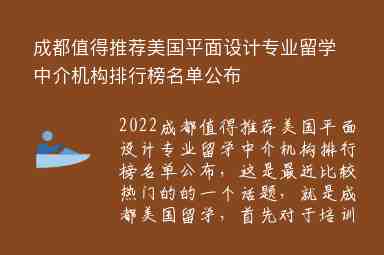Extreme value theory is a statistical method used to predict the redemption amount of open-ended funds. This method utilizes extreme events or outliers in the data to make predictions about future events. It is based on the assumption that extreme events are rare but can still occur and have a significant impact on the overall trend.
怎么读: [ikˈstriːm ˈvæljuː ˈθɪəri]
用法:极值理论通常用于金融领域,特别是在基金管理中。它可以帮助基金经理们更好地预测未来的赎回量,并做出相应的投资决策。
例句1:According to the extreme value theory, the redemption amount for this open-ended fund is likely to be higher than usual due to recent market fluctuations.
根据极值理论,由于最近市场波动,这只开放式基金的赎回量可能会比平常高。
例句2:The fund manager used extreme value theory to predict potential risks and adjust their investment strategy accordingly.
基金经理利用极值理论来预测潜在风险,并相应调整投资策略。
例句3:The application of extreme value theory has helped many fund managers make more accurate predictions and avoid losses.
运用极值理论帮助许多基金经理做出更准确的预测,避免损失。
例句4:Extreme value theory can be a useful tool for investors to make informed decisions about their investments in open-ended funds.
极值理论可以作为投资者在开放式基金中做出明智决策的有用工具。
例句5:By incorporating extreme value theory into their analysis, the fund management team was able to better understand and anticipate market trends.
通过将极值理论纳入分析,基金管理团队能够更好地理解和预测市场趋势。
同义词及用法:极端值理论、极大值理论、最大值理论等,都是指同一种统计方法。它们的使用方法和意义相似,只是术语不同。
编辑总结:
极值理论是一种利用极端或异常数据来预测未来的统计方法。在基金管理中,它可以帮助基金经理们更准确地预测赎回量,并做出相应的投资决策。通过将极值理论纳入分析,基金管理团队能够更好地了解和应对市场波动。其同义词包括极端值理论、极大值理论、最大值理论等。
